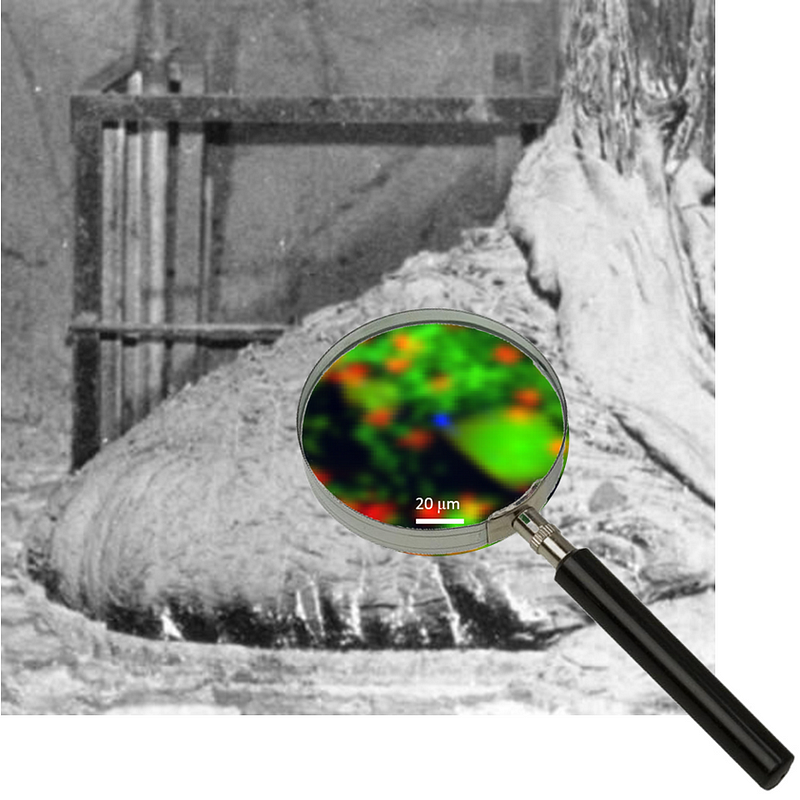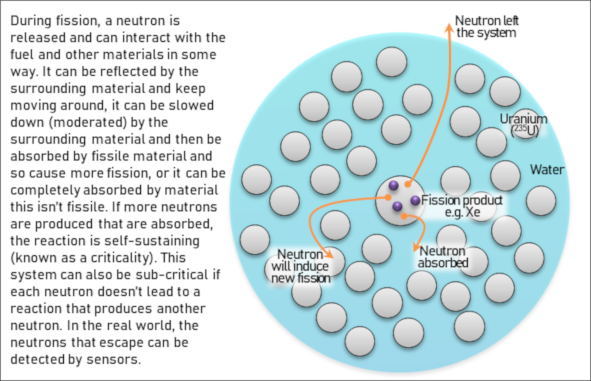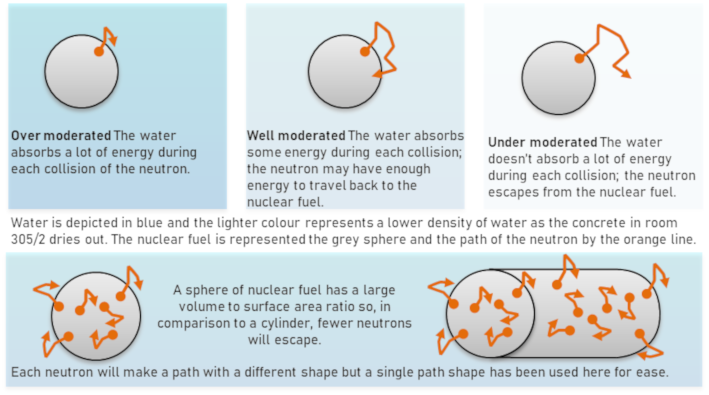# Unraveling the Enigma of Chernobyl: Science in Action
Written on
Chapter 1: The Intrigue of Chernobyl
For decades, Chernobyl has been shrouded in mystery, leading many to speculate about its past and present. The long-standing advice to avoid the area has fostered an atmosphere of intrigue and myth. Unfortunately, much of the media coverage misses critical details that could illuminate this enigmatic site. Ultimately, having a comprehensive understanding is crucial.

A dedicated team of researchers and engineers is actively engaged within the Chernobyl exclusion zone, often residing there for extended periods. They meticulously track radiation sources and adhere to strict protocols regarding their movements and duration of stay. While some visitors are researchers hoping to contribute their expertise, others are tourists guided by knowledgeable experts.
Ukrainian authorities collaborate closely with organizations like the International Atomic Energy Agency (IAEA). This partnership was instrumental in erecting the New Safe Confinement arch, and it’s the reason why institutions such as the Immobilisation Science Laboratory at the University of Sheffield are investigating materials in Chernobyl’s reactor number four. The insights these scientists possess often go unreported by the media, yet sharing such nuances is essential for a deeper understanding of the situation.
A recent article in Science posed a striking headline: “It’s like the embers in a barbecue pit. Nuclear reactions are smoldering again at Chernobyl.” This evocative phrase conjures images of danger lurking within a mysterious environment. The quote, attributed to Neil Hyatt—an expert in Nuclear Materials Chemistry—serves as a metaphor for the energy released by the damaged reactor. Under typical conditions, a nuclear reactor generates substantial energy through atomic fission, but the current state in Chernobyl produces a lesser amount. Hyatt’s analogy makes complex nuclear concepts more relatable. Importantly, the focus isn't on a potential fire at Chernobyl but on the risks associated with nuclear criticality.
In a functioning nuclear reactor, criticality is desirable, as it generates the energy needed to convert water into steam, powering turbines for electricity. However, working with nuclear fuel requires careful consideration of its composition and surrounding materials, as these factors influence neutron behavior.

To comprehend the conditions surrounding the fuel in Chernobyl, scientists analyze room 305/2, located beneath the destroyed reactor, which houses a substantial portion of the 180 tonnes of melted fuel. This area contains highly radioactive materials and was partially filled with concrete during the 1986 disaster response. The precise arrangement of these materials is unknown, but scientists employ advanced computational models to simulate the room's conditions and correlate them with neutron data from sensors. While this approach involves some educated assumptions, it helps researchers prepare for possible worst-case scenarios, though it does not imply that such scenarios are currently unfolding.
In their modeling, scientists can visualize the room's contents as simple shapes—like spheres or cylinders—composed of fissile material and water. They hypothesize that the fuel might be organized in clumps surrounded by neutron moderators like water. However, the actual arrangement is likely more complex, as water may be interacting with porous concrete and other materials present in the room. This modeling allows scientists to make educated guesses about the room's conditions.

Prior to the installation of the New Safe Confinement arch, significant amounts of water infiltrated room 305/2. Water is effective at absorbing neutrons, preventing the fuel from undergoing additional fission reactions. With the arch now in place, rainwater can no longer enter, leading to a gradual drying of the room. Models suggest that as the water level decreases, the likelihood of fission events increases, causing neutron production rates to rise. However, as water continues to drain, the system may transition into an under-moderated state, which decreases neutron production rates. While these findings are based on worst-case scenario modeling, they do not indicate an imminent disaster, as organizations like the IAEA remain calm about the situation.
There is also another plausible explanation for the heightened neutron counts near room 302/5, which could involve alpha particle absorption instead. This alternative hypothesis underscores the need for ongoing research to unravel the complexities of the situation.
Currently, the scientists at Chernobyl are diligently collecting data to inform future steps. Notably, experts like Prof. Hyatt have estimated the composition of the molten fuel and conducted extensive material characterization. This valuable information can enhance simplified geometric models or guide subsequent actions. Rest assured, numerous dedicated scientists are committed to uncovering the secrets of Chernobyl.
About the Author
Having worked extensively with radiation and the nuclear industry, I have authored several scientific publications on the effects of radiation on materials and chemistry. I extend my gratitude to Neil Hyatt for his insights into the lava-like fuel materials that have enriched my understanding and for connecting me with experts who have clarified neutron transport calculations related to Chernobyl.